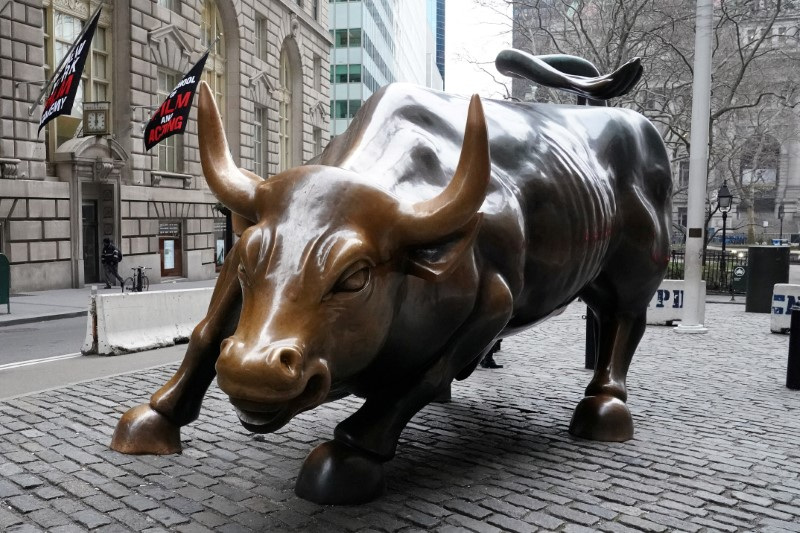Gold prices rebound after sliding below $4,000/oz amid safe-haven demand
Investing.com -- According to analysts at Strategas, the S&P 500 tends to see lower returns in the third year of a bull market compared to its first two years.
The firm notes that as the current bull market approaches its second anniversary on October 12, 2022, it is still in its early stages in terms of both duration and magnitude.
However, historically, third-year returns have been "sub-par," with averages of 4.8%, compared to 10.9% in the second year and 46.9% in the first year, they state.
While the market has been strong recently, Strategas points out that there are potential concerns going into the third year of this cycle.
One factor is the interplay between monetary policy, fiscal policy, and currency value. Citing esteemed economist Robert Mundell, Strategas notes that controlling all three at once is difficult, and eventually, "something's got to give" — whether it’s inflation, interest rates, or the currency.
Strategas also highlights that despite strong real GDP growth, lower inflation, and tight labor markets, a recession seems unlikely.
However, they caution that market expectations may be overly optimistic, particularly with predictions of a 14% increase in S&P 500 operating earnings by 2025, along with assumptions of multiple future interest rate cuts by the Federal Reserve.
"A combination of deficits, deglobalization, decarbonization, and massive immigration might make disinflation an unreliable assumption as we enter
next year," said the firm.
As the bull market moves into its third year, Strategas believes investors should be mindful of historical trends and current economic challenges.
